Katniss Everdeen stands out because her defining moments are grounded in concrete choices, skills, and consequences that shape the world of Panem. From hunting to keep her family alive to decisive acts that alter national politics, her story is built on practical abilities and clear cause-and-effect outcomes—not just dramatic flair. Readers and viewers see a character whose actions have measurable results in the districts, the arena, and the Capitol.
Across ‘The Hunger Games’, ‘Catching Fire’, and the two ‘Mockingjay’ films, Katniss’s decisions consistently demonstrate preparation, resourcefulness, and situational awareness. Her expertise with archery and fieldcraft, her willingness to test power structures, and her effectiveness as a communication symbol are all documented within the story’s events, dialogue, and outcomes, making her a character whose “cool factor” comes from demonstrated capability.
Archery Mastery and Arena Tactics
 Lionsgate
LionsgateKatniss’s archery is presented as a survival skill developed over years of illegal hunting in District 12’s forests, where she provides food for her family and trades at the Hob. In the Training Center, she uses precision shooting to make an impression on Gamemakers, notably by striking an apple out of a roasted pig’s mouth to demand attention. The narrative repeatedly shows her selecting targets under pressure—game, supplies, or hostile tributes—using quick visual assessment and steady breathing to execute accurate shots.
In both the 74th Games and the Quarter Quell, she adapts her archery to changing conditions, switching between standard and specialized arrows when available and choosing elevated positions for better lines of sight. She times shots to environmental cues like wind and distance, and she conserves ammunition by prioritizing high-value targets—food caches, traps, and mechanical threats—demonstrating a tactical approach rather than showmanship.
Volunteer Tribute from District 12
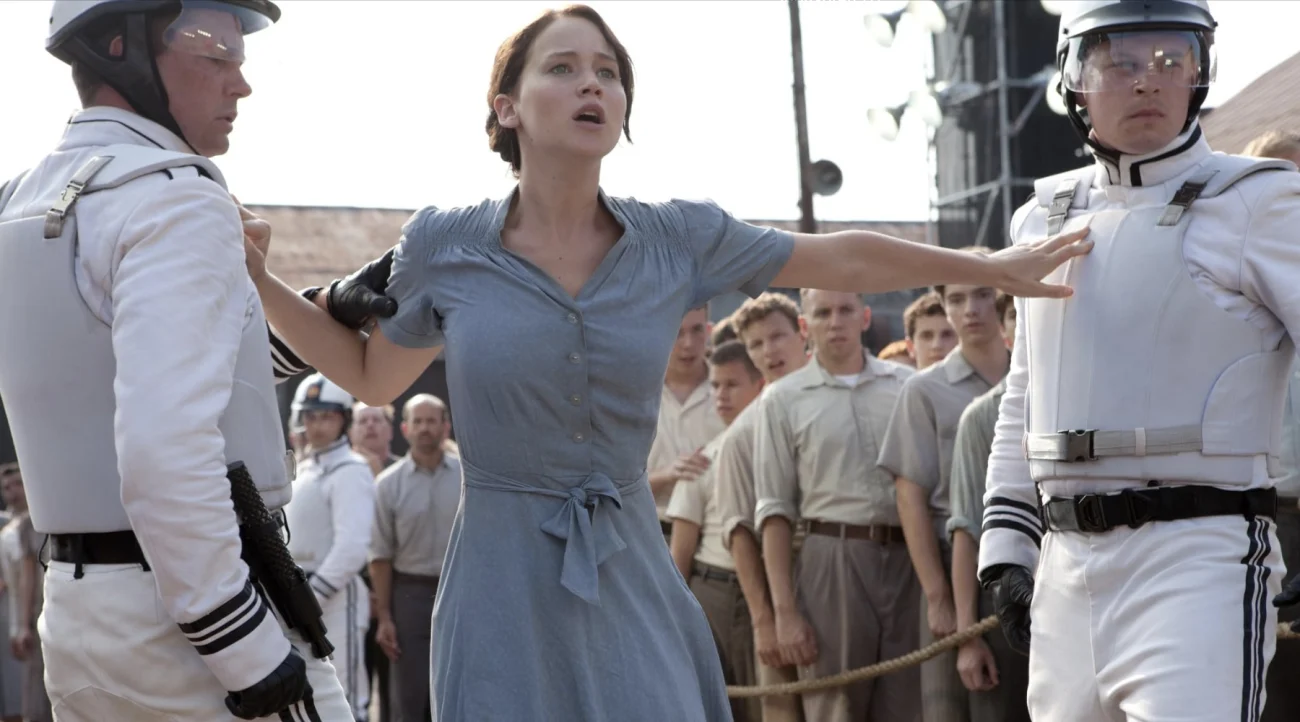 Lionsgate
LionsgateKatniss’s decision to volunteer for Prim at the Reaping establishes a legal mechanism within Panem’s rules: volunteering is permitted, but rarely used in poorer districts. This act immediately changes District 12’s selection outcome and shifts mentor Haymitch Abernathy’s strategy to accommodate a tribute with hunting experience and a public narrative built around family loyalty.
The volunteer moment also creates a media storyline that affects sponsor behavior during the Games. By positioning herself as a protective older sister, Katniss receives targeted aid at crucial moments—burn ointments, food, and tools—illustrating how a single procedural choice at the Reaping can alter resource flows and support probabilities inside the arena.
The Nightlock Gambit
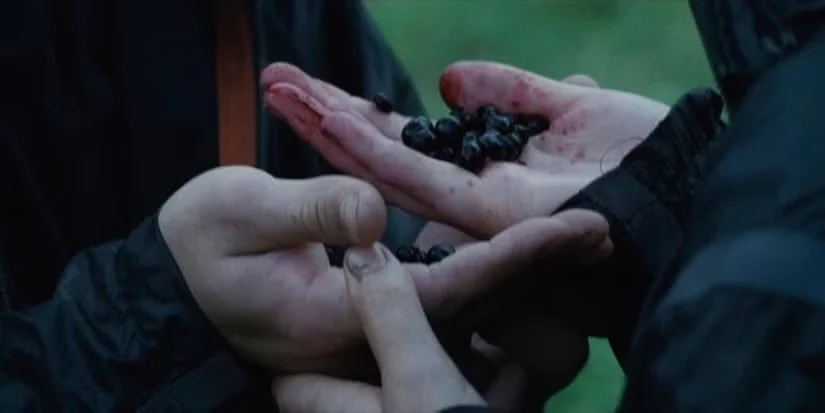 Lionsgate
LionsgateAt the climax of the 74th Games, Katniss proposes a joint ingestion of nightlock berries, a known lethal plant, as a rules-test against the Capitol’s need for a single victor. The plan leverages the broadcast nature of the Games and the organizers’ dependence on closure, forcing a quick policy reversal that permits two winners to prevent a ratings and political crisis.
This action sets a precedent that becomes part of Panem’s political calculus. By demonstrating that the rules can be bent under public pressure, the gambit contributes to growing dissent in multiple districts, where citizens interpret the outcome as proof that the Capitol can be compelled to change course when its image is threatened.
The Mockingjay Symbol and Role
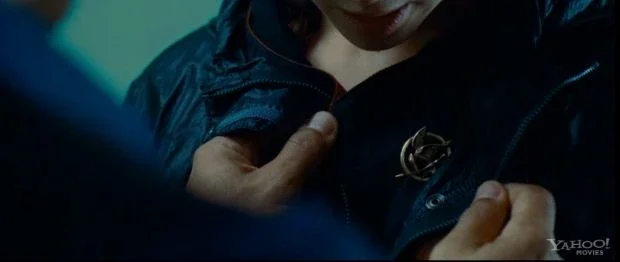 Lionsgate
LionsgateThe mockingjay pin begins as a personal token and evolves into a widely recognized symbol of defiance after Katniss wears it in the arena. District citizens adopt the image and three-finger salute during public gatherings, creating a repeatable, low-risk signal of solidarity that spreads across regions with minimal coordination.
In ‘Mockingjay – Part 1’ and ‘Mockingjay – Part 2’, Katniss participates in filmed “propos” designed by District 13 to consolidate resistance messaging. These broadcasts pair on-the-ground footage—disrupted infrastructure, hospital bombings, and counterstrikes—with Katniss’s presence to synchronize timing of protests and sabotage, showing the symbol’s utility as a communication tool connected to real operations.
Survival Skills and Foraging Expertise
 Lionsgate
LionsgateKatniss’s fieldcraft—tracking, snaring, foraging, and water location—is demonstrated repeatedly in the Seam and both arenas. She identifies edible and medicinal plants, including the aquatic arrowhead known colloquially as katniss, and applies knowledge of animal behavior to set effective snares along trails and water sources.
These skills provide tangible advantages during the Games: she secures calories without exposing her position, avoids contaminated water through boiling and container management when possible, and treats injuries with poultices and ointments. The story shows her calculating energy expenditure versus risk—staying hidden during high-risk periods and moving at dusk or dawn to minimize detection.
Alliance-Building and Trust Tests
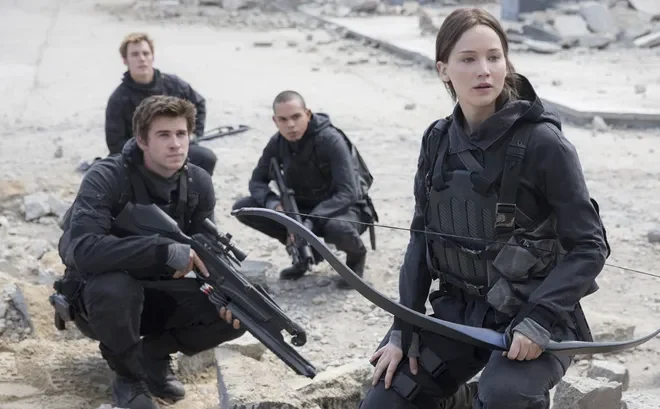 Lionsgate
LionsgateKatniss’s alliances are built on testable commitments rather than declarations. With Rue, she exchanges signals, divides tasks, and synchronizes attacks on supplies, producing measurable outcomes like reduced enemy provisions. With Peeta, she uses coordinated roles—hunter, gatherer, and decoy—to diversify survival strategies.
In ‘Catching Fire’, she extends this approach to a complex network with Finnick Odair, Johanna Mason, and Beetee, verifying reliability through small, time-bound requests—guarding, sharing gear, and covering retreats—before attempting high-risk objectives. This incremental trust-building reduces failure points and creates redundancy when team members are injured or separated.
‘The Hanging Tree’ as a Resistance Signal
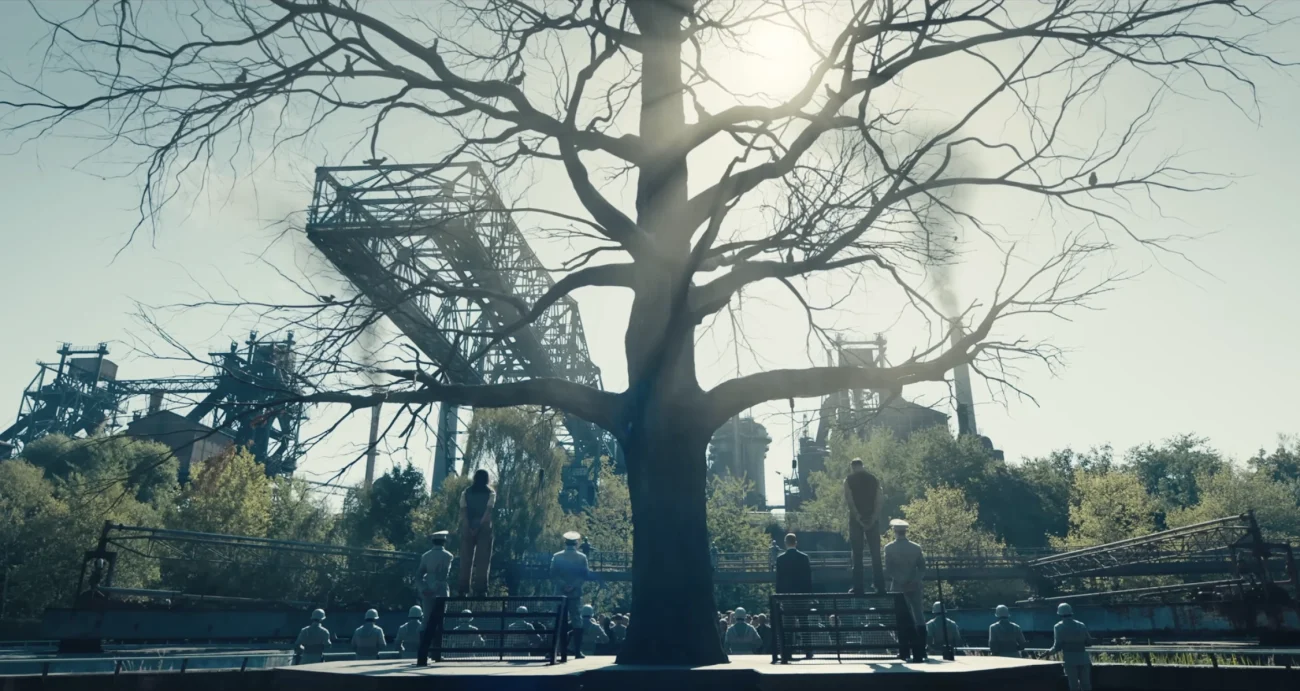 Lionsgate
Lionsgate“The Hanging Tree,” a song associated with District 12, becomes a broadcast element in ‘Mockingjay – Part 1’ that civilians adopt as an audio cue for synchronized action. When transmitted over commandeered channels, it functions like a rally signal that can be recognized by dispersed groups without visual contact.
The song’s structure—repetitive verses and steady rhythm—supports quick memorization and group singing, making it effective in chaotic environments where complex instructions would fail. Its use in montage sequences aligns with specific operations, such as demolitions and supply disruptions, showing how culture can operate as infrastructure for coordination.
“Girl on Fire” Strategy with Cinna
 Lionsgate
LionsgateCinna’s designs, including the synthetic flames on Katniss’s parade attire in ‘The Hunger Games’ and the evolving coal-to-fire motif, are crafted to manipulate Capitol attention economics. By converting District 12’s coal identity into a visually striking theme, the team secures maximum screen time during pre-Games coverage, which increases sponsor interest and improves the odds of receiving aid.
Later, Cinna’s wedding dress that transforms into a mockingjay gown in ‘Catching Fire’ turns a mandated spectacle into a political statement. The garment’s transformation is engineered to pass initial approvals yet reveal dissident symbolism onstage, demonstrating a calculated use of costume design to circumvent censorship and deliver a high-impact message at a peak-viewership moment.
The Shot That Shattered the Arena
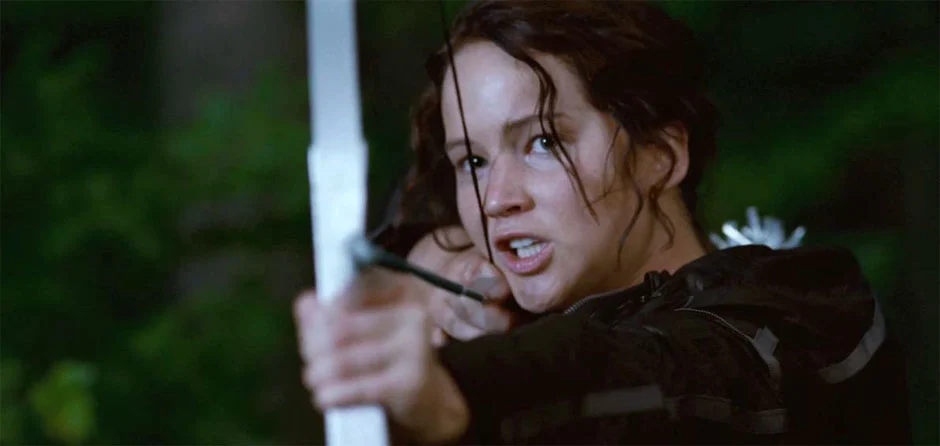 Lionsgate
LionsgateIn the Quarter Quell, Katniss collaborates with Beetee on a plan to channel a lightning strike into the arena’s forcefield using conductive wire. When the plan is compromised, she redirects the electrical charge with a specialized arrow into the dome, overloading the system and causing a structural failure that interrupts the Games.
This act disables surveillance and control mechanisms long enough for an extraction team to retrieve key tributes. The resulting power outage and broadcast interruption break the Capitol’s narrative continuity, creating an information vacuum that District 13 fills with updates and recruitment messaging, thereby shifting strategic momentum.
Post-Arena Recovery and Adaptation
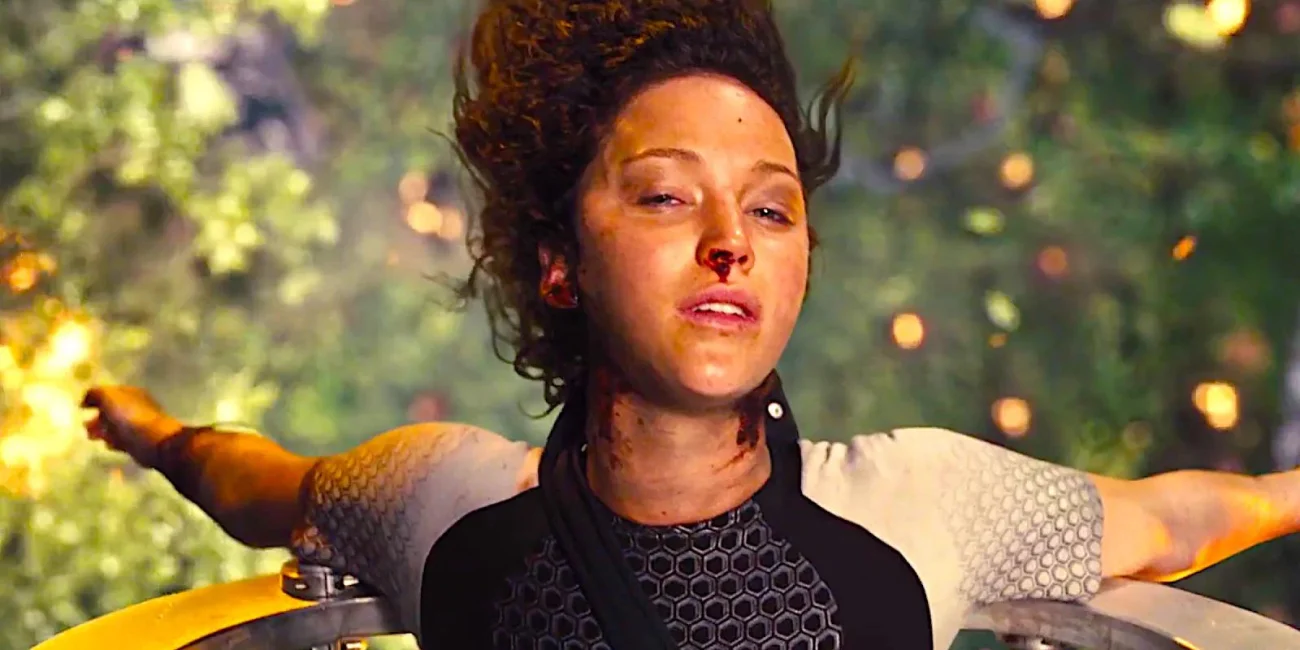 Lionsgate
LionsgateAfter major blasts and close-quarters combat, Katniss experiences auditory damage, trauma responses, and reduced operational capacity, which the story addresses through medical intervention and staged recovery. Treatments in District 13 and later in the Capitol restore crucial functions, including hearing, allowing her to return to mission roles.
The narrative also documents how she adapts her loadout and tactics post-injury—favoring ranged engagement, selecting quieter movement paths, and relying more on team coverage during building-to-building operations. By tracking limitations and adjustments, the story shows a realistic cycle of injury, rehabilitation, and revised procedure rather than a simple reset.
Share your favorite Katniss moment or detail in the comments so we can compare notes on what stood out to you most.

.jpeg)





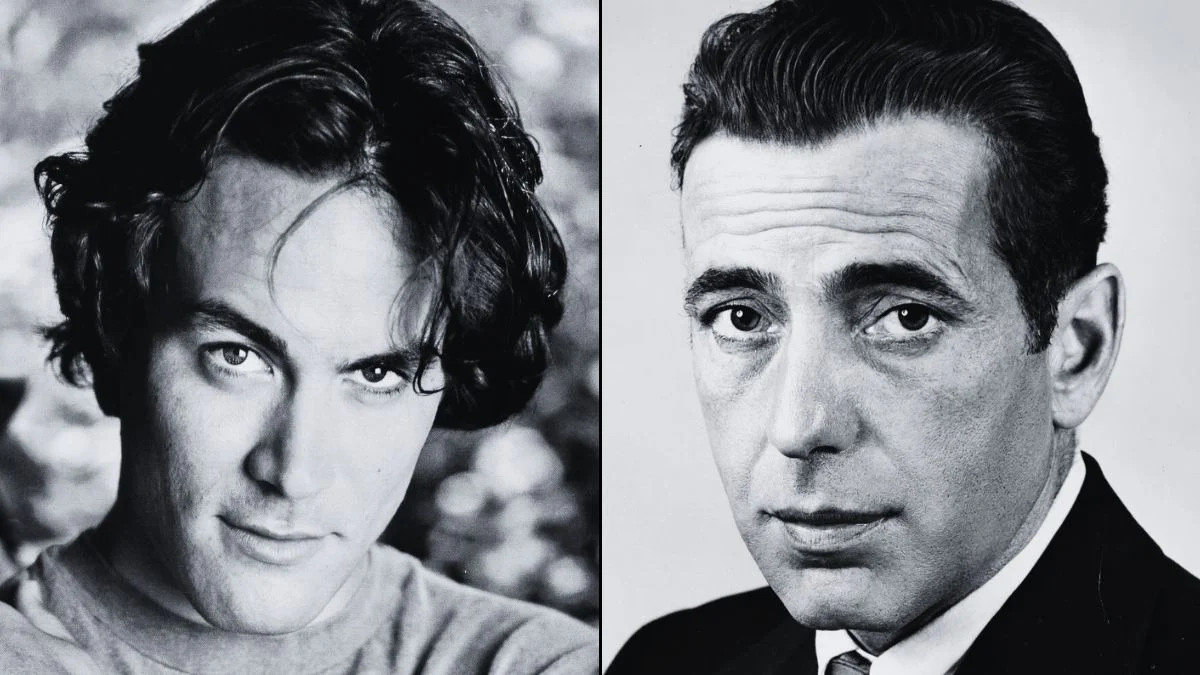

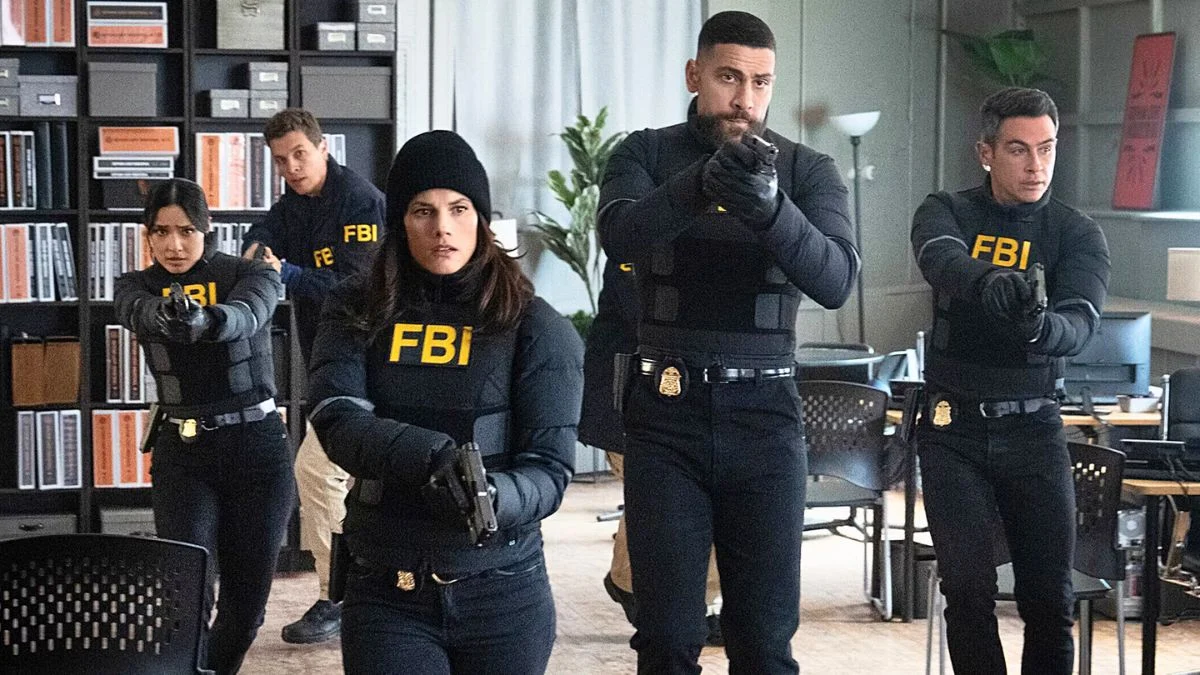


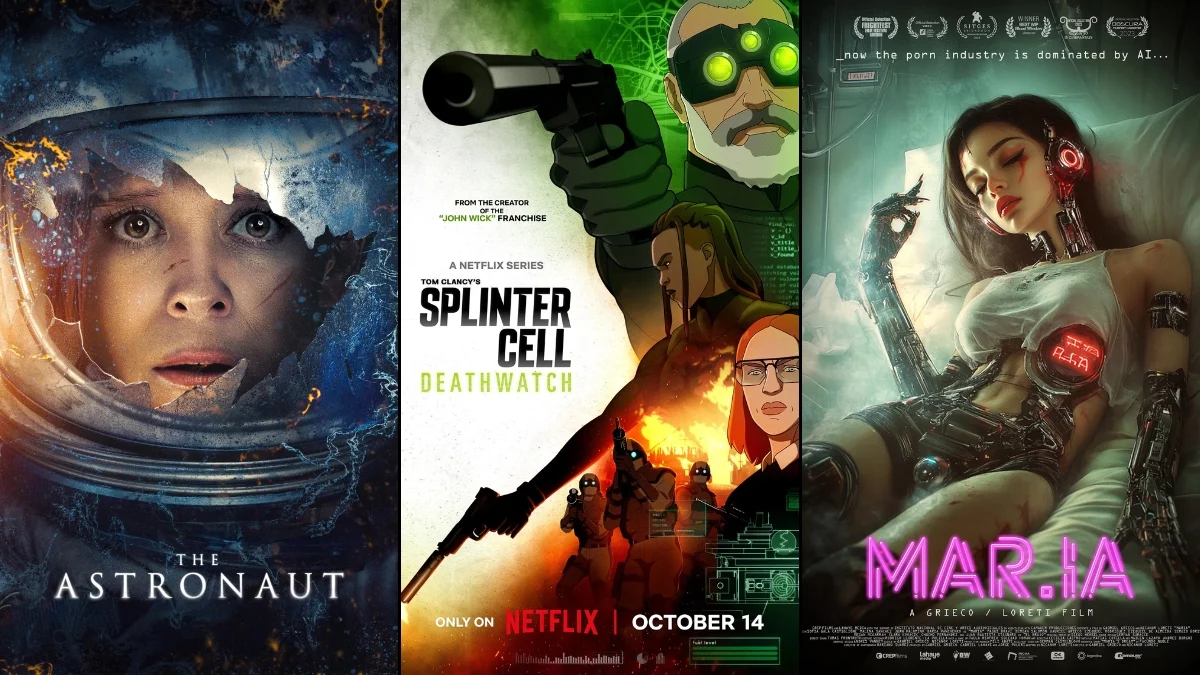


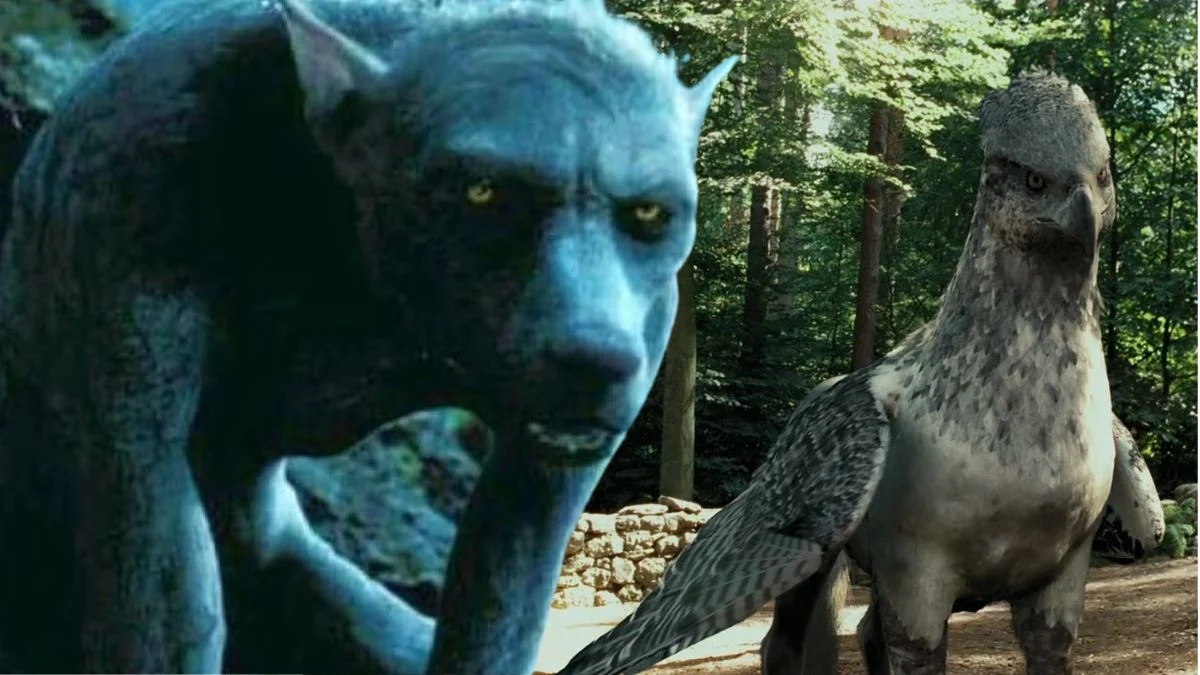
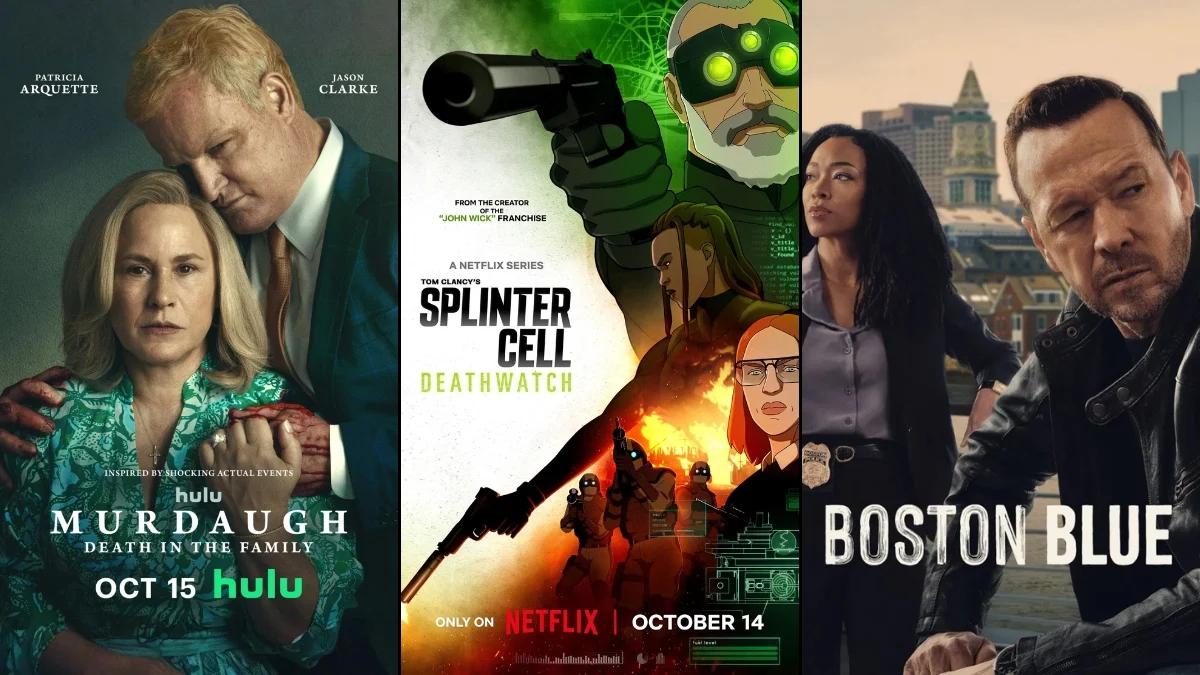

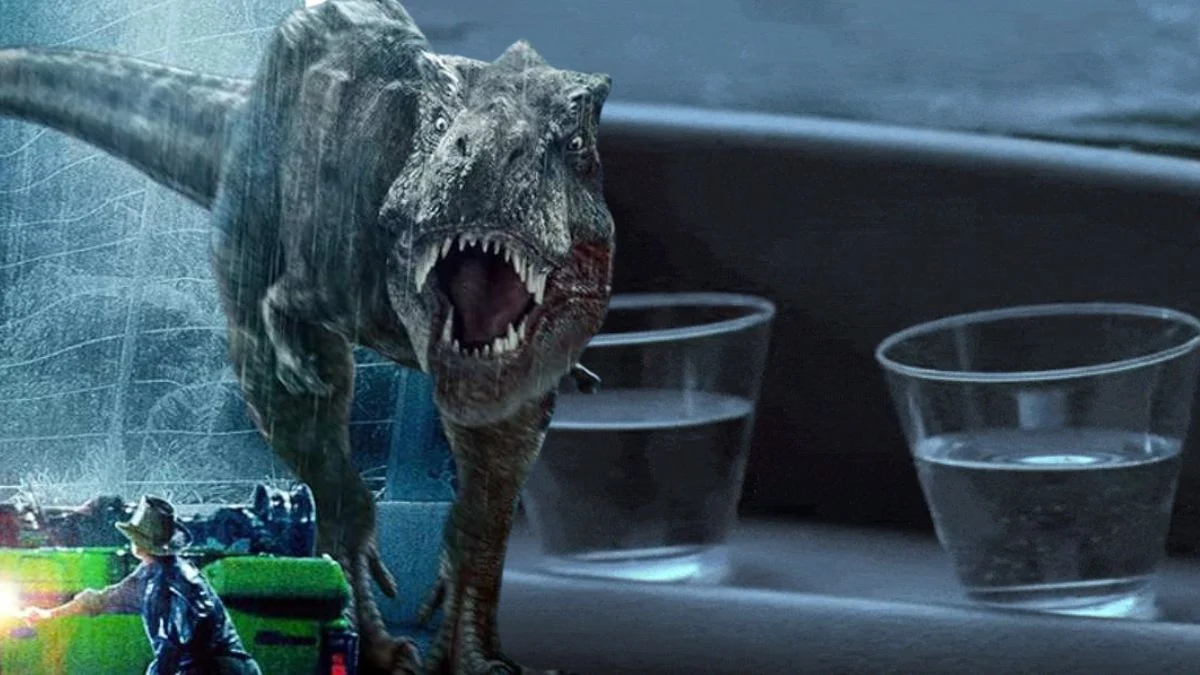
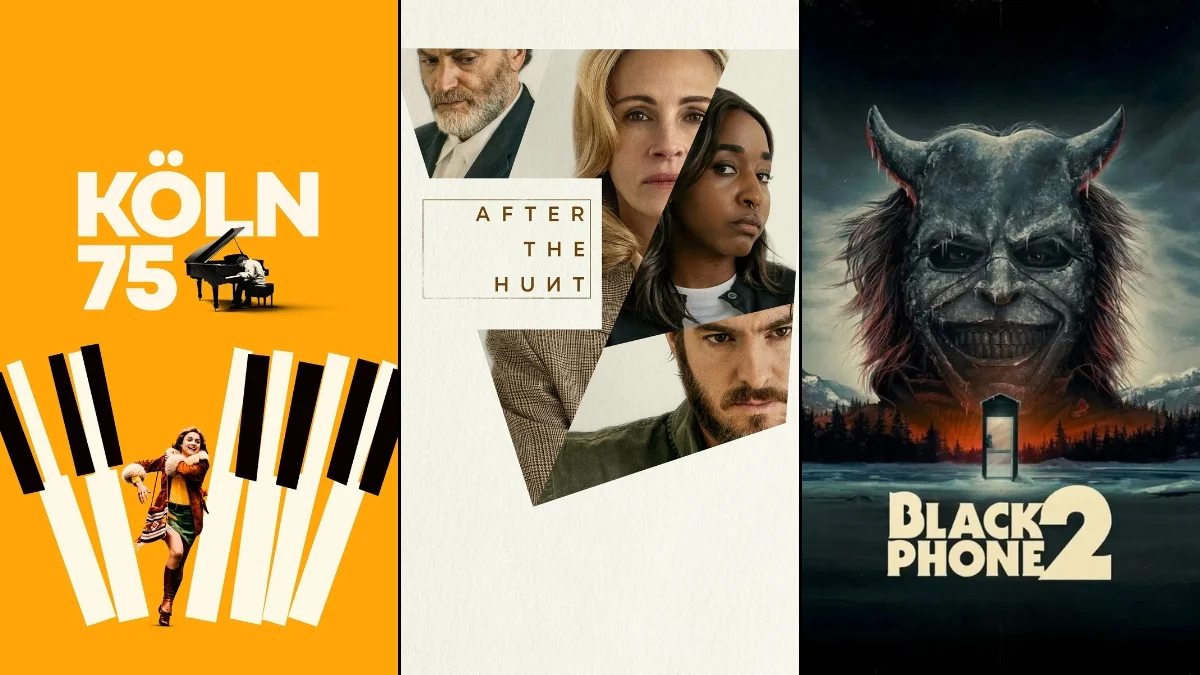




.jpeg)












 English (US) ·
English (US) ·